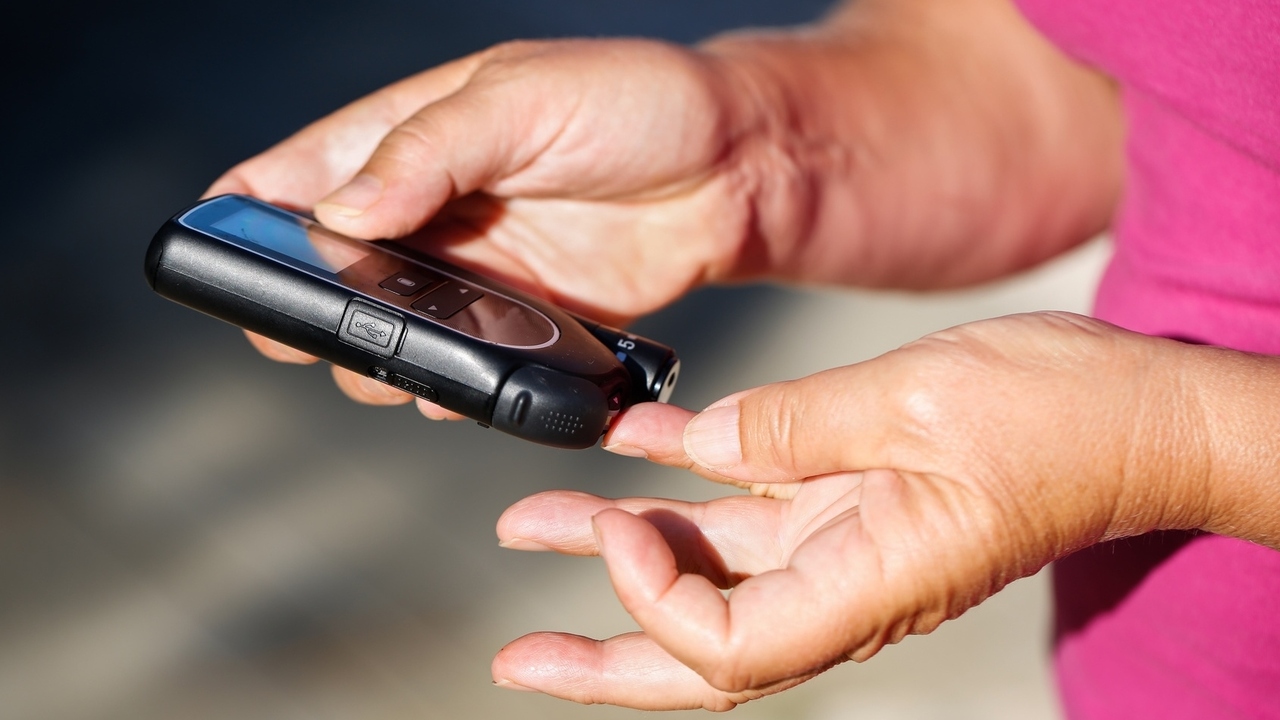Instead of multiple daily injections, some patients with type 1 diabetes use an insulin pump to control their blood glucose. Dr. Richard M. Bergenstal and collaborators reported significant improvement in glucose regulation with insulin pump and automated glucose monitor, compared to standard injection therapy, in the New England Journal of Medicine (July 22, 2010).
The American Diabetes Association provides a detailed description of insulin pump therapy, along with its advantages and disadvantages. The main advantage is better glucose control, since the pump is a closer approximation to the way a non-diabetic pancreas works. Injection therapy uses long-acting insulin, while the pump uses short-acting insulin delivered continuously 24 hours per day, with adjustments for food, exercise, and blood glucose levels out of range. The main disadvantage is that the pump is somewhat bothersome, as the patient must wear it almost all the time. It can be disconnected for short times, for activities such as bathing or swimming. A longer training period is needed for the patient to learn how to operate the pump, but this may be worthwhile because the pump allows for much more flexibility in lifestyle.
The insulin pump attaches to the body through an infusion set, which requires one needle stick every two to three days. The pump is about the size of a cell phone. Several brands are available, and some include the continuous glucose monitor in the same system. The glucose monitor is inserted into a second site near the infusion set.
The STAR 3 trial (Sensor-augmented pump Therapy for A1C Reduction) compared insulin pump therapy to standard insulin injection therapy for one year in 485 patients: 329 adults and 156 children. Glycated hemoglobin levels were used to evaluate the effectiveness of the therapies. This is a measure of how well blood glucose is regulated. The target level is 7 percent or less. Both groups started at an average (arithmetic mean) of 8.3 percent, which indicates inadequately controlled diabetes. In the pump therapy group, the average level dropped to 7.5 percent, while in the injection group, the average level dropped by a smaller amount, to 8.1 percent. There was no significant weight gain in either group, and no significant difference in the number of severe hypoglycemia. The pump was the MiniMed Paradign REAL-Time System from Medtronic.
Ask your doctor about insulin pump options.
References:
1. Bergenstal RM et al, “Effectiveness of sensor-augmented insulin-pump therapy in type 1 diabetes”, New England Journal of Medicine 2010 July 22; 363(4): 311-20.
2. Advantages and disadvantages of insulin pumps: American Diabetes Association Web 8 April 2011.
Linda Fugate is a scientist and writer in Austin, Texas. She has a Ph.D. in Physics and an M.S. in Macromolecular Science and Engineering. Her background includes academic and industrial research in materials science. She currently writes song lyrics and health articles.






Add a CommentComments
There are no comments yet. Be the first one and get the conversation started!